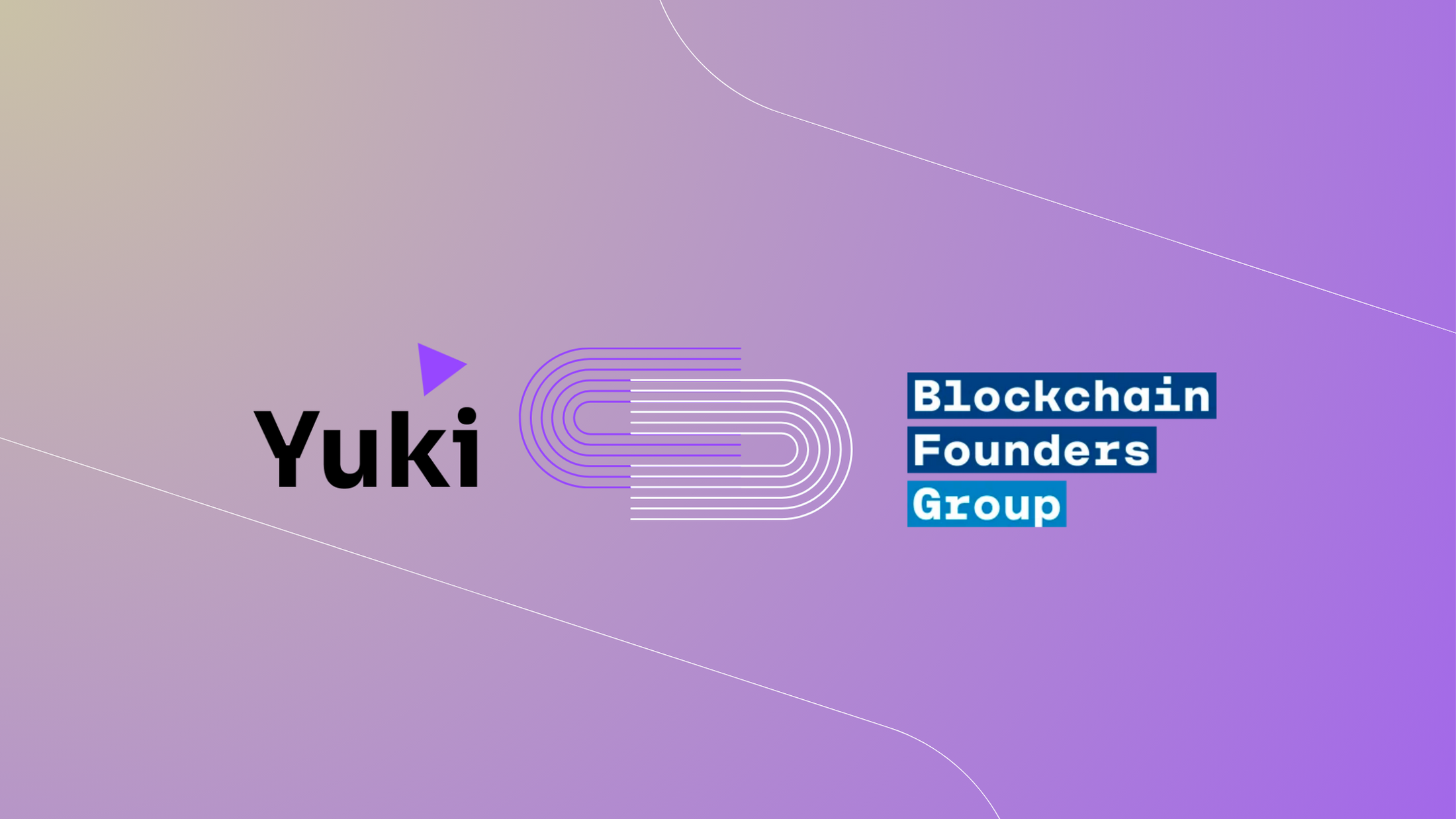What is Web3
Web3 is the next step in the natural evolution of the Internet. It follows the gradual progression from Web1 and Web2 to usher in a new era where control of information and digital assets is no longer centralized.
To use a financial analogy, if Web1 represented the era of keeping your money and sensitive information under the mattress, Web2 was the age when these were stored in a bank vault. Web3, on the other hand, allows users to interact directly with each other and with decentralized networks, enabling them to securely share and manage their own data and assets.
What is Web3?
Web3, also known as the decentralized web or the blockchain web, refers to the use of blockchain technology to enable decentralized applications (dApps) and decentralized autonomous organizations (DAOs) to function on the internet. It represents a shift away from the centralized architecture of the traditional web (Web2) towards a more distributed and decentralized model.
Web3 technologies, such as blockchain and peer-to-peer networking, enable users to interact with dApps and DAOs directly without the need for intermediaries. This allows for greater control and security over data, as well as the potential for more open and transparent systems.
Web3 technologies are also being used to enable new forms of economic activity, such as decentralized finance (DeFi) and non-fungible tokens (NFTs). These technologies have the potential to disrupt traditional financial systems and create new opportunities for individuals and organizations to transact and exchange values.
Web3 is still in the early stages of development and adoption, but it has the potential to significantly impact the way we use the internet and interact with online systems.

 By
By
